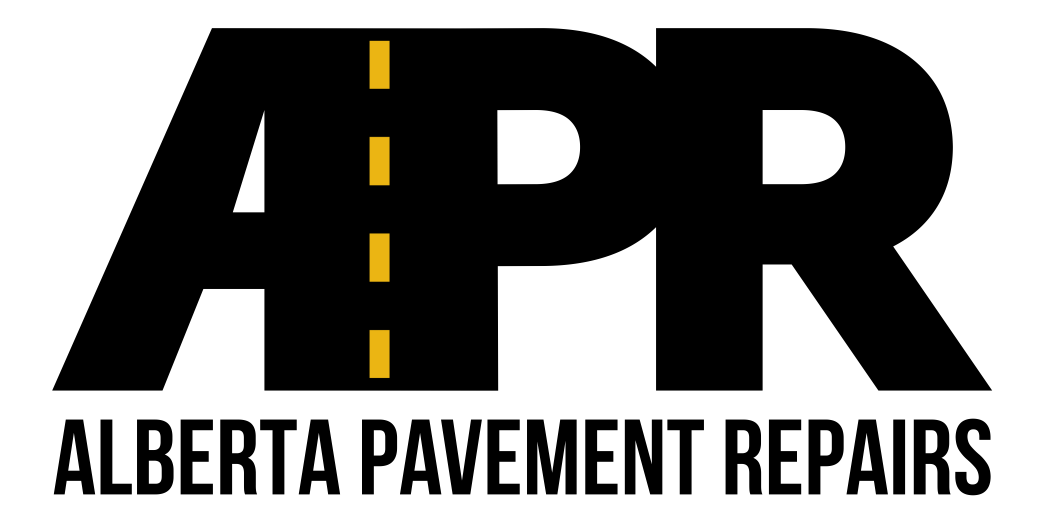Concrete Joint Sealing
Typical locations requiring concrete joint sealing are airport aprons, runways, taxiways, and transit stations as well as curb joints.
Step 1: Preparation
Joints are sawed to the desired profile.
Joints should then be sandblasted.
Sand is cleaned from the joint using compressed air.
Step 2: Backer Rod Install
Backer rod is installed.
Step 3: Sealing
Concrete joints are typically filled to just below the surface of the concrete.
When joints are chamfered, the sealant is filled up to the bottom of the chamfer.
Finished Sealed Joint
Concrete Joint Re-Sealing
Concrete Joint Re-Sealing is performed as regular maintenance to concrete joints.
Step 1: Preparation
Existing sealant is removed from the joint.
Joints are cleaned with an air compressor.
Joints are sandblasted.
Joints are cleaned again removing all the sand.
Step 2: Sealing
Joints are filled full depth with sealant, no backer rod is used.
Our experience has shown that filling the joint fully with sealant provides a much longer term seal than using backer rod. Sealant application must be done in a minimum of 2 applications. A base coat is applied first to create a bottom of the joint. The 2nd application brings the sealant level to within 2mm of surface.






